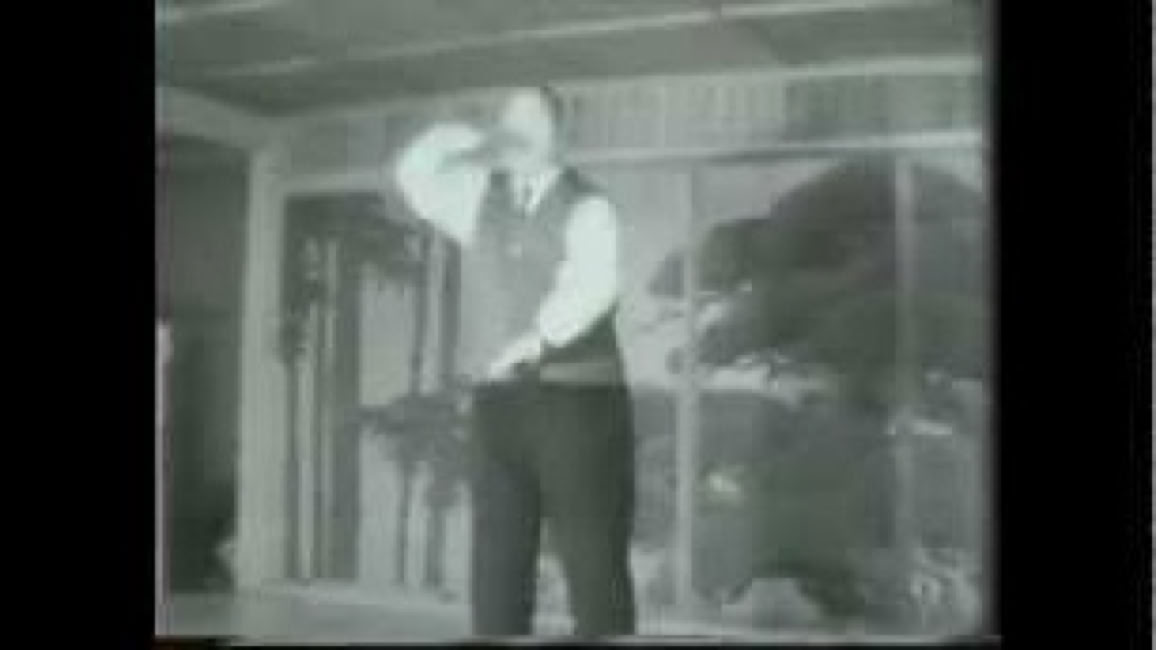

Ancient Taoism in Contemporary
Management Training & Martial Art


MARTRIX ORG.
Get your feeling working!
MARTRIX ORG.
Get your feeling working!
Ancient Taoism in Contemporary
Management Training & Martial Art


• HOME • About MARTRIX • Workshops • Trainers • Management Training • Coaching • Intuitive Boxing • Taikiken • Hachidankin • Baduanjin • 99-Taijiquan • Longevity • MartriX Exclusive Shop • Video Clips • Downloads • BrainQuakes• Index Page • Links • E-mail • HOME Nederlands •

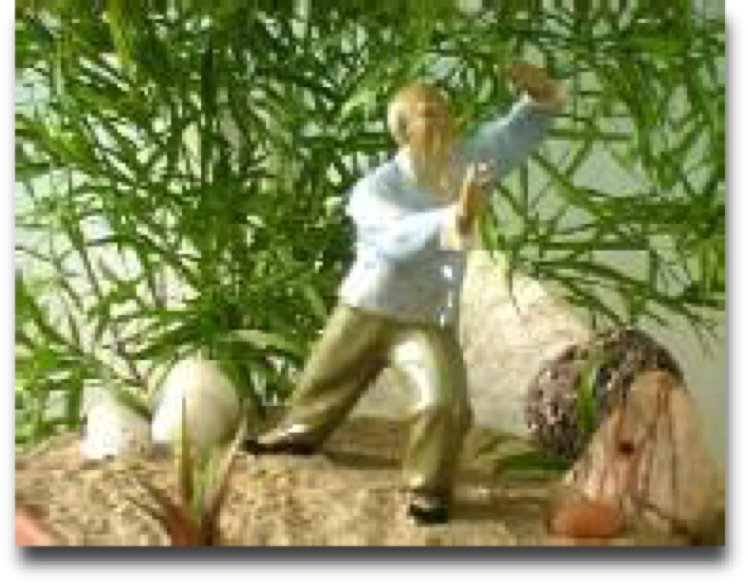
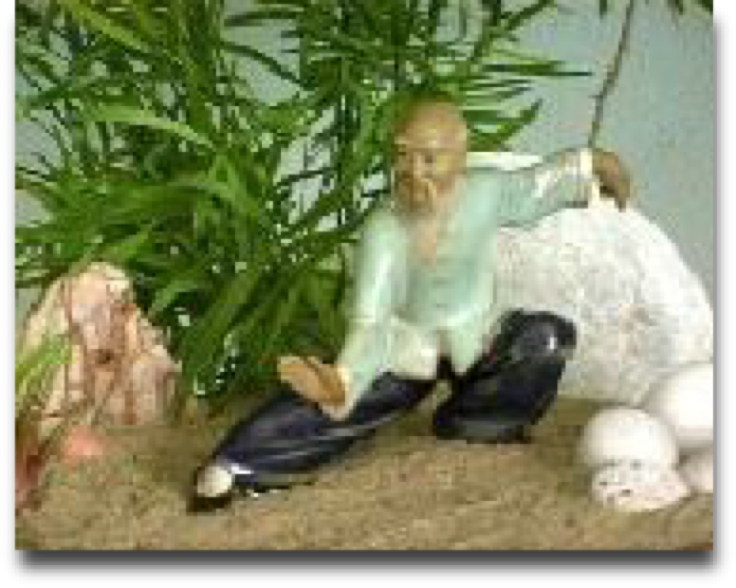
Taijiquan, where there is Taiji, there is peace and harmony page……
Chen Pan Ling -Taijiquan, the full version download of the book in pdf click here …..
Discover the Health Benefits and Self-Defense Techniques of Orthodox Taijiquan - Cheng Pan-Ling Style, Xingyi, Bagua, and Wu Taijiquan
Orthodox Taijiquan (Tai Chi Chuan) is a style of martial art that originated in China and is widely practiced today for its health benefits as well as for self-defense. The Cheng Pan-Ling style is one particular lineage of Orthodox Taijiquan that is known for its emphasis on practical combat applications, as well as its incorporation of elements from other internal martial arts like Xingyi and Bagua.
The origin of the 99-Pose Form in Cheng Pan-Ling style can be traced back to Wang Shu-chin, a student of Chang Chao-tung who later took over the leadership of the Chung-nan lineage of Bagua and Xingyi. In his youth, Wang was sent by Chang to a meeting to bring Taiji "back to the basics" and to inject into it elements of both Xingyi and Bagua. This led to the creation of a "new" style of Taijiquan in 1929 by the Taijiquan Organizing Committee of the National Martial Arts Academy in Nanking.
Working with the fundamental principles of the internal arts, the committee took the combative components of the five styles of Taijiquan that were then prevalent, namely the Chen, Yang, Wu, Sun, and Wu (Hao) styles. The great masters of each of these styles gathered together to establish what they called "Orthodox (Cheng-tsung) Taijiquan," also known as "tsung-ho," or Comprehensive, Taijiquan. Their aim was to return the art of Taijiquan to its original "combat art" form, eliminating all non-martial elements and taking only the best defensive and offensive movements from each style.
The resulting form was the new Wu (five-forms unified into one) Taijiquan, consisting of 99 postures that contain no useless movements in terms of combat applications. Wang Shu Chin played a very active role as a member of the committee, and he infused the fundamentals of both Xingyi and Bagua into the 99-pose long form. Today, students in Wang's lineage first study Taijiquan and only after they have mastered it are they allowed to progress to Xingyi and then to Bagua.
Orthodox Taijiquan is characterized by its emphasis on practical combat applications and the elimination of non-martial elements. However, it is also known for its ability to facilitate the emergence of a great inner power when the postures and techniques are performed correctly. This inner power is often referred to as "qi," or life force energy, and its cultivation is a central aspect of many Taoist practices.
In Orthodox Taijiquan, the postures and techniques themselves are designed to facilitate the flow of qi and the development of inner power. When an opponent's attack is absorbed by a practitioner's spiral (circular) movement, the qi flowing through the opponent's body begins to dissipate. What starts out as a defensive posture can also become an attack that breaks the flow of qi in the opponent's body.
The practice of Orthodox Taijiquan is therefore not just about physical fitness and self-defense, but also about cultivating a deeper connection to the life force energy that flows through all living things. By practicing Taijiquan with mindfulness and intention, practitioners can develop a greater awareness of their own inner power and learn to use it in a way that is harmonious with the Tao, or the natural order of things.
Taijiquan ( Tai Chi) By Ron Nansink
99 form Video clip

Master Wang Shu Chin Taijiquan
(Tai Chi) Video clip
Taijiquan Wang Shu Chin applications
Video clip

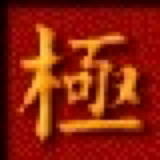
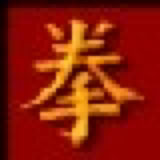

© MARTRIX org. Design by:
TheFeel.org multimedia
https://martrix.org
info@thefeel.org
Last modified
January 2026


